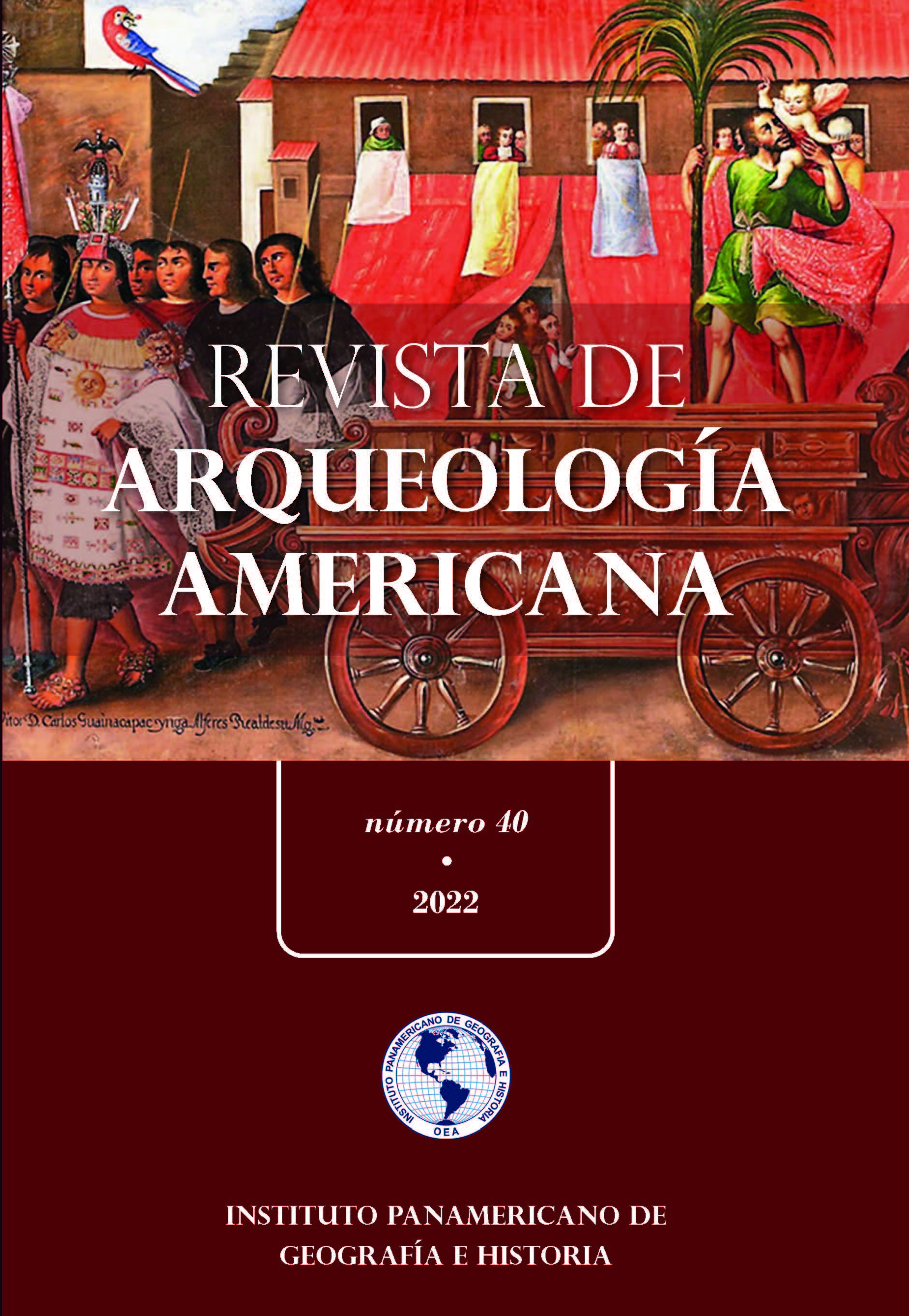The great paleowetland of the Pampa del Tamarugal: megafauna and human settlement in Northern Chile
Main Article Content
Abstract
The large endorheic basin of the Pampa del Tamarugal (PDT) shows evidence that, during the Late Pleistocene (PTa) and the Early Holocene (HTe) (25.4 ka AP at 10.8 ka AP), important hydrological recharge events occurred that enabled the presence of permanent wetlands responsible for the confirmed presence of megafauna and the first human occupations. The favorable climatic conditions in this period were sufficiently prolonged, probably on a millennial scale, to allow the generation of the necessary ecosystems, and then the immigration and survival of the megafauna and the first humans to inhabit this territory. The paleowetlands of Pintados and Bellavista were part of a single large depocentric paleowetland of approximately 620 km2, whose boundaries are consistent with the location of the reported findings of pleistocene megafauna. By applying a groundwater flow numerical model, it was estimated that the recharge reproduced by this paleowetland is only 2.0 times greater than the current recharge, suggesting that not-so-radical changes in the climate were able to cause momentous changes in the humid ecosystems of the PDT.
Downloads
Article Details
-
Abstract512
-
PDF (Español)486
